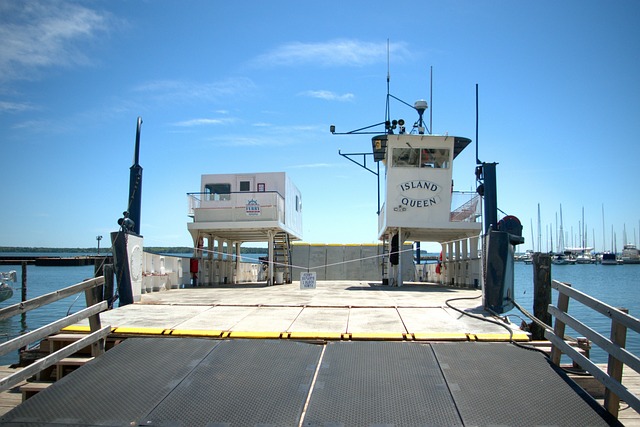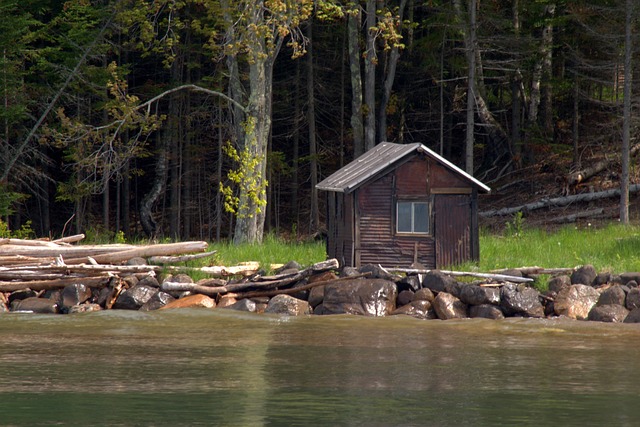Local heritage festivals are cultural touchstones that attract communities and visitors, celebrating rich history through performances, crafts, and cuisine. They enhance regions' cultural capital, boost local economies, and foster community pride. Real estate professionals play a crucial role in organizing these events by identifying strategic locations, transforming historic sites into festival spaces, and engaging property owners for urban renewal. These festivals preserve heritage, stimulate economic growth, and create a positive feedback loop for future conservation efforts, with real estate being a key beneficiary of the resulting vibrant communities.
Local festivals are more than just celebrations; they are vibrant showcases of a community’s historic heritage. Through these events, communities not only preserve their cultural treasures but also engage in meaningful dialogue with their past. This article explores how local festivals play a pivotal role in preserving history and the significant impact they have on community engagement and local economies. We delve into the strategic involvement of real estate in festival organization, highlighting its crucial role in fostering these events and driving economic growth.
Unveiling Cultural Treasures: How Local Festivals Preserve Historic Heritage

Local festivals have emerged as vibrant platforms where communities come together to celebrate their rich historic heritage. These gatherings not only entertain but also serve as a powerful medium to preserve and share cultural treasures. Through captivating performances, traditional crafts, and authentic culinary experiences, festivals become living museums, offering visitors a glimpse into the past.
In the real estate context, these events attract locals and tourists alike, fostering a sense of belonging and appreciation for the area’s historical roots. By showcasing the region’s unique identity, festivals contribute to its cultural capital, making it an appealing destination for potential residents or investors. They become touchpoints that connect people to their heritage, creating lasting memories while ensuring that historic traditions remain relevant and thriving.
The Role of Real Estate in Festival Organization and Community Engagement

Local festivals celebrating historic heritage offer a unique opportunity for community engagement, and real estate plays a crucial role in their organization. The choice of venue is critical; historical sites or landmarks often serve as the perfect backdrops, attracting both locals and tourists. Real estate professionals can assist in identifying these strategic locations, ensuring the festival’s accessibility and visibility. These events bring people together, fostering a sense of community pride and connection to the past.
Festival organizers can leverage real estate partnerships to create immersive experiences. Historic buildings or vacant lots can be transformed into pop-up markets, art installations, or performance spaces. Such creative use of local real estate enhances the festival’s appeal, encouraging attendance and participation. By engaging with property owners and developers, festivals can bring new life to underutilized spaces, contributing to urban renewal and community development.
Celebrating the Past, Shaping the Future: Impact of Historic Heritage Festivals on Local Economies

Local festivals celebrating historic heritage have become a vibrant thread weaving together communities’ past and present. These events not only preserve cultural traditions but also play a significant role in shaping local economies. By attracting tourists and visitors, heritage festivals stimulate real estate activities, as people are drawn to areas rich in history and character. The influx of guests fuels accommodation, dining, and retail sectors, creating a positive economic cycle that benefits local businesses and residents.
Moreover, historic heritage festivals foster a sense of community pride and identity, encouraging locals to invest in their surroundings. This can translate into improved infrastructure, conservation efforts, and a revitalized urban landscape. As visitors immerse themselves in the past, they become advocates for the future, spreading awareness and appreciation for the unique cultural offerings of these places, ultimately contributing to sustainable economic growth and vibrant communities.






